I’m encoding a set of JPEGs into mp4 by using the MediaCodec API. The photos could have any resolution, but I adjust all photos to be multiple of 16 to ensure they have a compatible size with MediaCodec, and make sure they are within the supported sizes returned by the codec video capabilities.
I’ve found out that in some old devices using the OMX.qcom.video.encoder.avc codec, some resolutions produce garbled videos, as seen in the next samples with different aspect ratios. The problem does not happen when using standard aspect ratios such as 16:9, 4:3, etc, only when using custom ones.
Original
Result
Original
Result
Investigating the issue, I discovered through another user’s question that this could be related to the fact old Qualcomm devices require the Y plane of the YUV data to be aligned at a 2K boundary. But, I’m not working with YUV data at all directly, instead I’m using an Input Surface and rendering through OpenGL.
My guess is that maybe the Codec underlaying system for the Input Surface works anyway with YUV buffers and the Qualcomm codec handles all the conversion, is just a guess. But if so, then, is there any formula I could use to adjust the resolution and align it to such boundary requirement, even if it will produce some cropping? Or if I am misled about my guess, then what could be causing such issue? See the next accepted answer for the statement about the 2K boundary alignment.
How to get stride and Y plane alignment values for MediaCodec encoder



